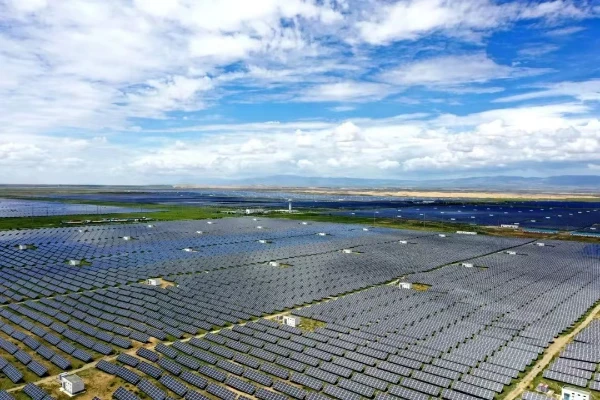Chemical dispersants play a pivotal role in various industrial applications, particularly in the oil and gas sector, where they are employed to mitigate the environmental impact of oil spills. Understanding what these dispersants are made of is crucial for professionals in environmental science, chemistry, and related fields. This article delves into the composition of chemical dispersants, their mechanisms of action, and their implications for environmental safety and efficacy.
What Are Chemical Dispersants?
Chemical dispersants are surface-active agents (surfactants) designed to break down oil into smaller droplets, facilitating its dispersion in water. This process enhances the natural biodegradation of hydrocarbons by increasing the surface area available for microbial action. Dispersants are typically used in emergency response scenarios to manage oil spills, but their formulation is complex and varies depending on the intended application.
Composition of Chemical Dispersants
The formulation of chemical dispersants can be categorized into several key components:
- Surfactants: The primary active ingredients in dispersants are surfactants, which can be classified into three main types:
- Anionic Surfactants: These surfactants carry a negative charge and are effective in reducing the surface tension between oil and water. Common examples include alkyl sulfates and sulfonates.
- Cationic Surfactants: Carrying a positive charge, cationic surfactants are less commonly used in oil spill applications due to their toxicity to marine life. However, they can be effective in specific formulations.
- Nonionic Surfactants: These surfactants do not carry any charge and are often used in combination with anionic or cationic surfactants to enhance performance. Examples include alcohol ethoxylates and alkyl phenol ethoxylates.
- Solvents: To enhance the solubility and effectiveness of surfactants, dispersants often contain solvents. These can be petroleum-derived hydrocarbons or biodegradable solvents that help dissolve the surfactants and improve their dispersion capabilities.
- Additives: Various additives may be included to improve the performance and stability of the dispersant. These can include:
- Stabilizers: To prevent the separation of components and maintain the effectiveness of the dispersant over time.
- Biocides: In some formulations, biocides may be added to prevent microbial growth in the dispersant itself, ensuring that the active ingredients remain effective during storage and application.
Mechanism of Action
The effectiveness of chemical dispersants lies in their ability to reduce the interfacial tension between oil and water. When applied to an oil spill, the surfactants in the dispersant adsorb at the oil-water interface, disrupting the cohesive forces within the oil. This action leads to the formation of smaller oil droplets, which can then be more easily dispersed in the water column. The smaller the droplets, the greater the surface area available for microbial degradation, thus accelerating the natural biodegradation process.
Environmental Considerations
While chemical dispersants can be effective in managing oil spills, their use is not without controversy. Concerns regarding the toxicity of certain surfactants and their potential impact on marine ecosystems have led to increased scrutiny and regulation. It is essential for professionals in the field to consider both the benefits and risks associated with dispersant use, as well as to stay informed about advancements in formulation technologies that prioritize environmental safety.
Conclusion
Understanding the composition of chemical dispersants is vital for professionals involved in environmental management and response to oil spills. By comprehending the roles of surfactants, solvents, and additives, stakeholders can make informed decisions about the use of these products in mitigating environmental disasters. As research continues to evolve, the development of more environmentally friendly dispersants will likely become a priority, ensuring that the balance between effective oil spill response and ecological preservation is maintained.



